 Paul Duchene
.
June 08, 2022
.
All Feature Vehicles
Paul Duchene
.
June 08, 2022
.
All Feature Vehicles
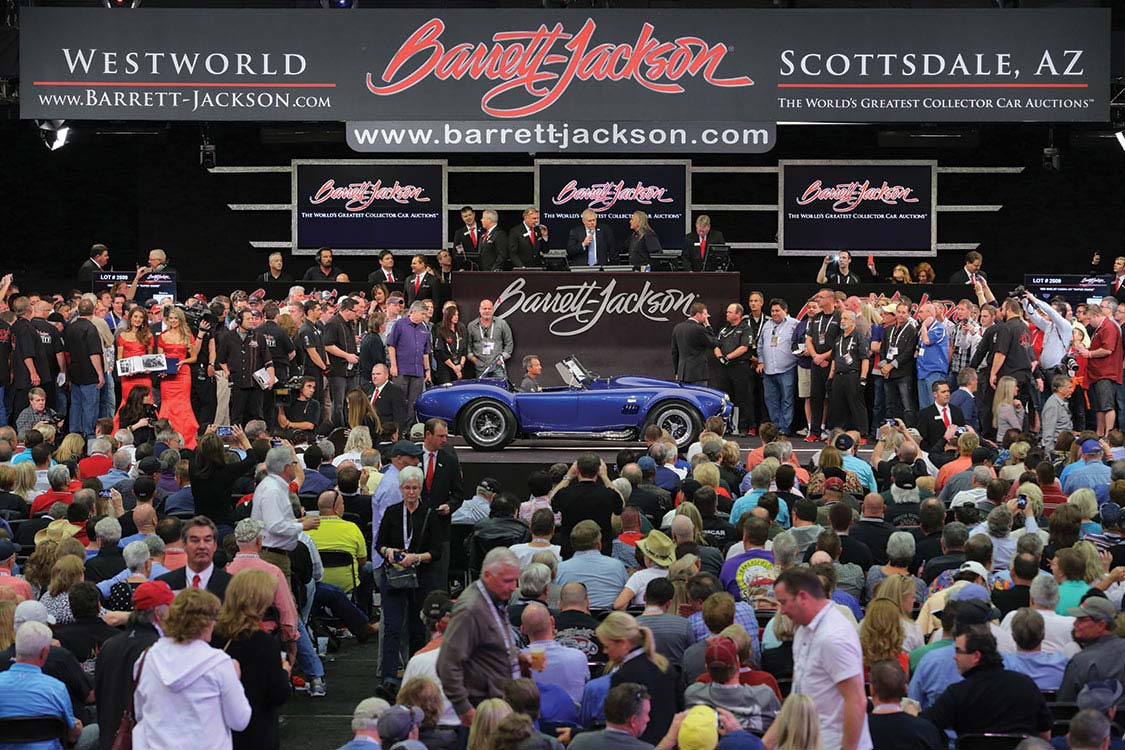
The Scottsdale classic car auctions set records again this year, with $292.8 million realized by Barrett-Jackson, Bonhams, Gooding & Co., RM, Russo and Steele, and Silver, up from $248.6 million in 2014.
The only American iron in the top 10 list was B-J’s 1966 Shelby Cobra 427 Super Snake at $5,115,000 for No. 4, the 1950 GM Futureliner bus at $4,000,000 at No. 6, and the 1954 Pontiac Bonneville Concept for $3,300,000 at No. 8.
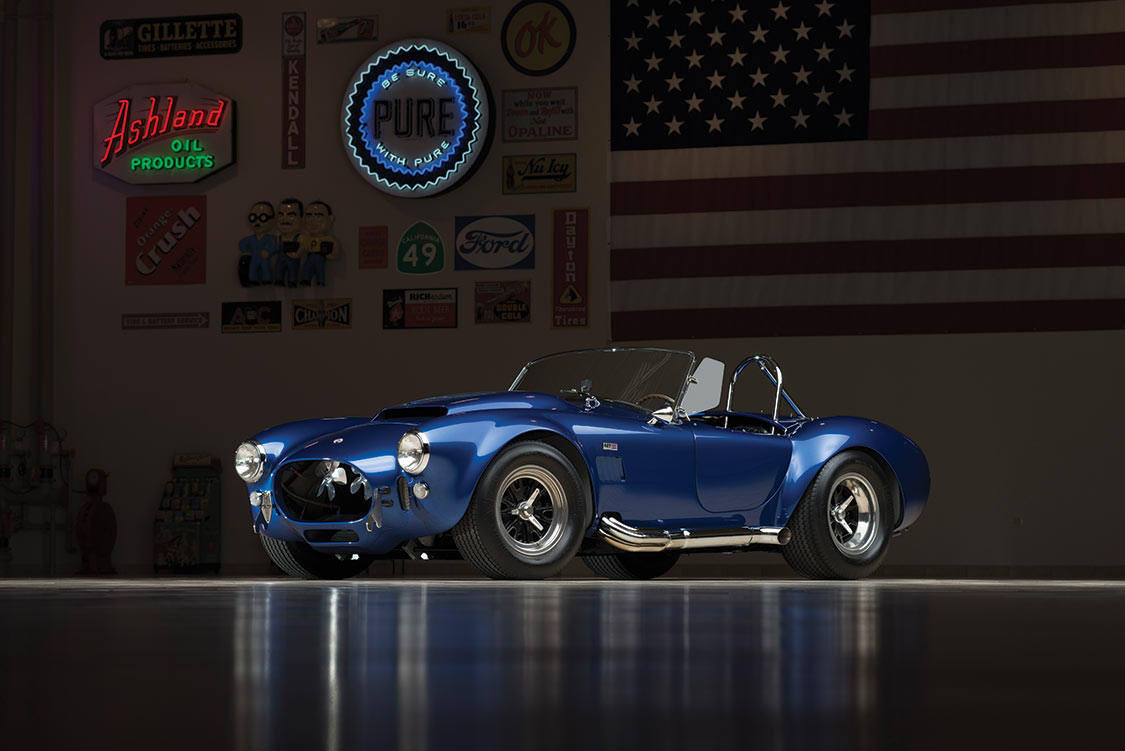
The muscle car boom drove this event in 2006–2007, and there are rumblings in the distance again. Brian Rabold, the top analyst at Hagerty’s Classic Insurance notes that Barrett-Jackson got $550,000 for a 1969 Boss-Nine Mustang and $440,000 for a 1971 Hemi ’Cuda Coupe, while Gooding managed $330,000 for a 1964 Pontiac GTO. Gooding also sold a 1967 Yenko Camaro for $357,500 but its 1968 Yenko failed to sell, like RM’s 1970 Oldsmobile 4-4-2 W30 convertible. Two of B-J’s three L88 Corvettes also failed to sell.
Failing to sell is an interesting statistic. The high bids on unsold cars (often not reported by auction houses) totaled $69.5 million for 408 cars in 2015, up from $40.8 million last year for 494 cars. That suggests that sellers’ expectations are running ahead of buyers’ prices, or as auction reporter B. Mitchell Carlson put it “Sellers see No. 1 cars, but buyers see No. 3s.”
Longtime muscle car collector, writer and racer Colin Comer says great cars are doing exceptionally well but “cars with stories, no paperwork and the like —what I call UFOs—are not. Hemi Mopars, 1968–1971, are coming back strong. They were hardest hit when the market hit bottom and among the last to recover, because people want to make sure they’re trending upward.”
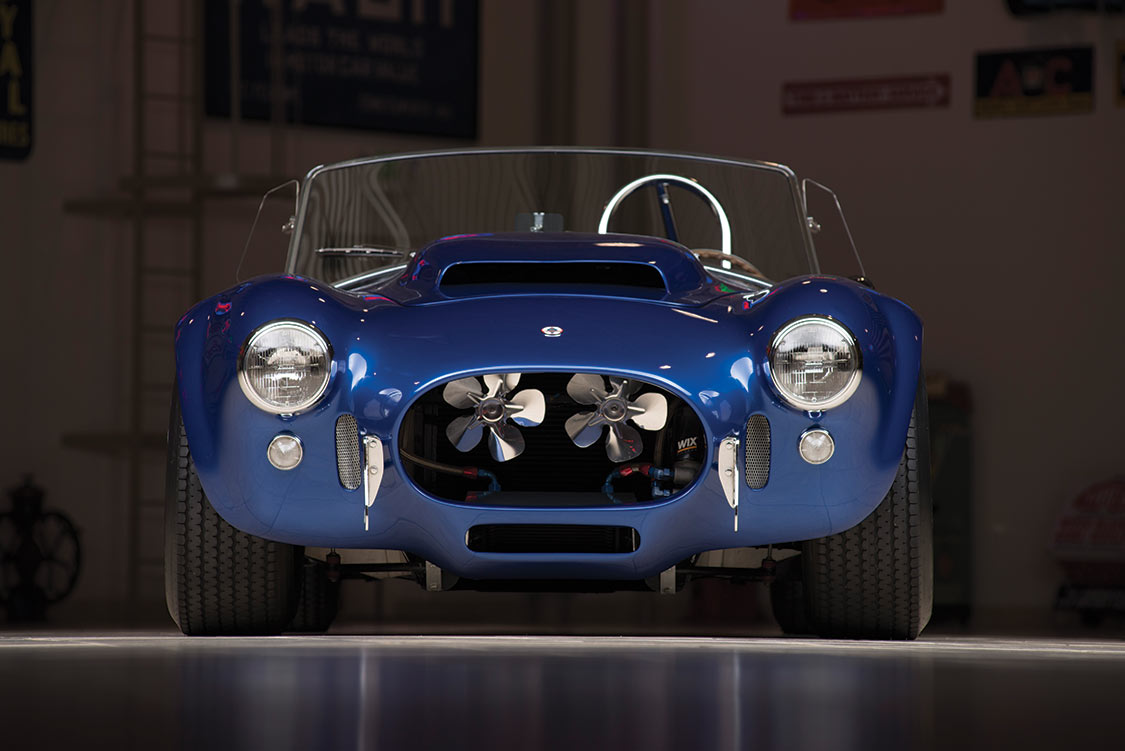
Comer also thinks well-documented Yenko Camaros are sound. “So few great ones exist, and the not-great ones sold at auction have created an artificially low perception of value. I’ve seen the best Yenkos sell privately for 50 percent more than some at auction. Shelby Mustangs from 1965–1970 are as strong as ever.” Comer also thinks that demand for the best muscle cars is so strong that buyers have no need to consign cars to auction “further swaying auction prices downward.”
Jim Pickering, editor of American Car Collector magazine, agrees that Hemis are driving the muscle car market. “B-J sold an A12 Road Runner for $165,000 last week, but the last one ACC profiled a couple of years ago was $90,000 and change. I think that’s going to continue for Hemis, L88, ZL1 and Boss 429s, etc. Part of this has to do with cool modern muscle focusing attention on the originals. Collectors want an original ZL1 to go with their 2014. But this only applies to the best cars.”
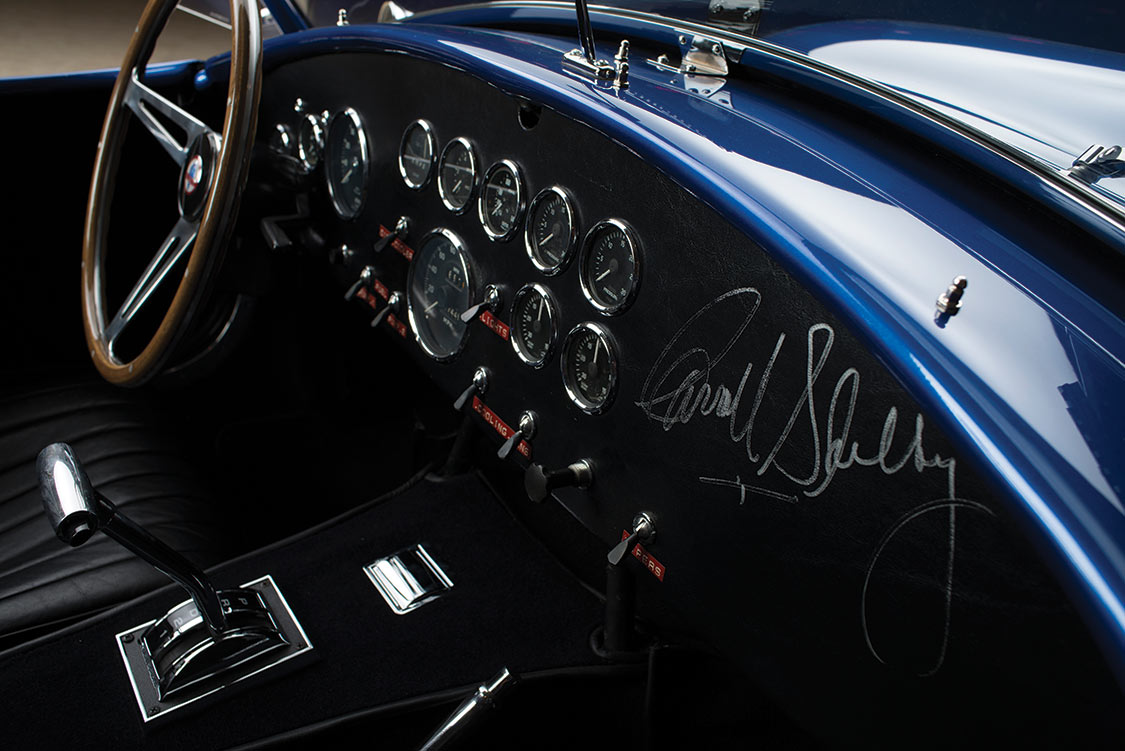
“Limited-edition low-pro-duction models from the 1970s and 1980s are good bets, as those are models Gen Xers imprinted on,” says Rabold. “A Bandit-era 1977 Trans Am sold for $44,000 at Barrett-Jackson and Russo and Steele sold a black and gold 1981 Trans Am for $35,750. Mustang Cobras, Cobra Rs and ZR-1 Corvettes are all poised to beat inflation.”
All three experts think tributes and clones are a tough sell, but Pickering sees a glimmer of light in pickups, where resto mods are driving up values of 1973 and later GM trucks. “They’re catching on and it’s happening pretty quickly. B-J sold a 1977 longbed 2-wheel-drive Chevy for $35,000 with 9000 original miles.”
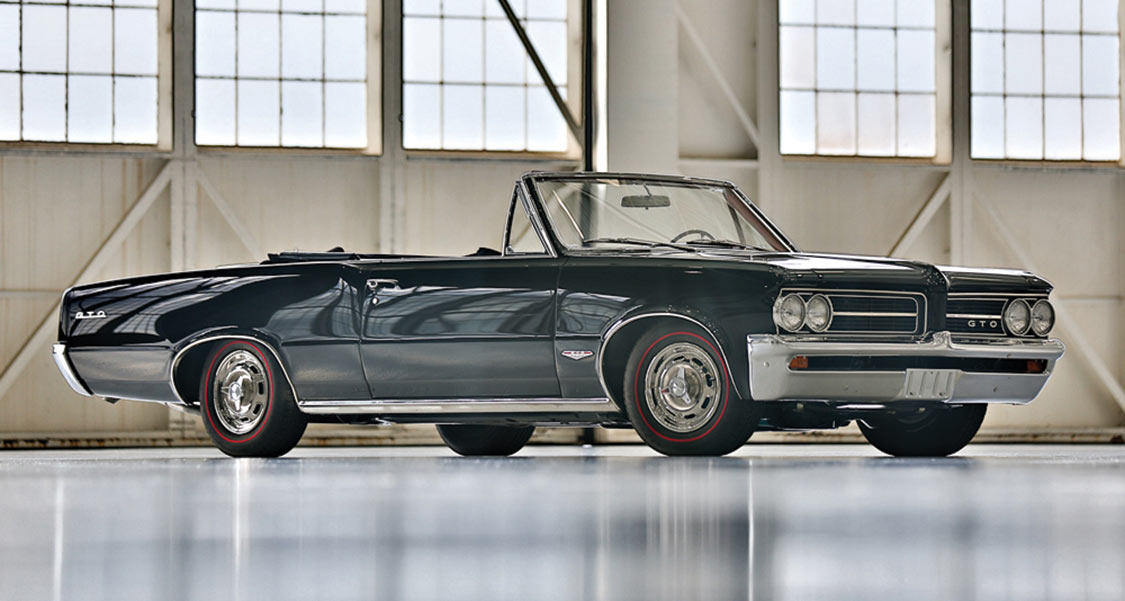
Another bright spot for muscle car fans was particularly apparent at Barrett-Jackson. During the muscle car boom, a great deal of money was spent restoring average cars to superior condition. Those cars are coming to market from $20,000–$40,000. If your budget doesn’t extend to Hemis, you can have fun with a smaller— but just as noisy—V-8, which is what it’s all about.
Share Link